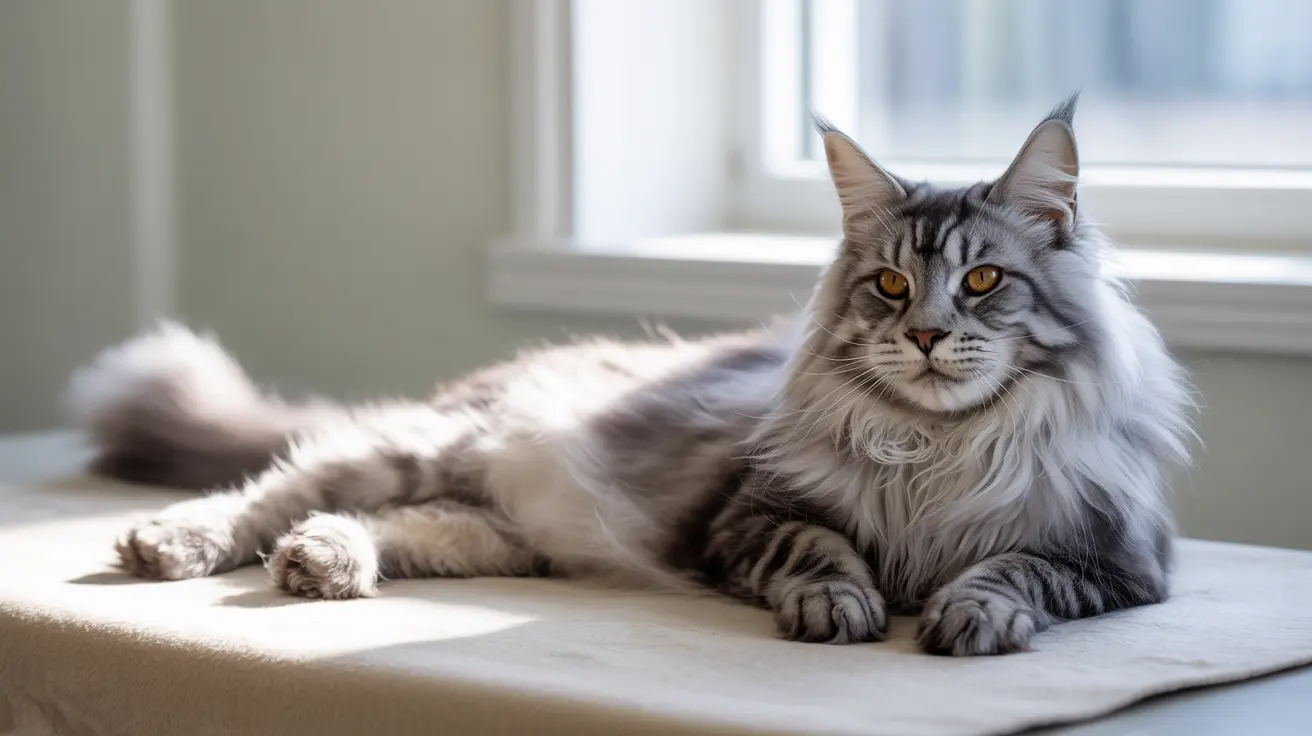The Importance of Your Cat's Tail
A cat's tail is more than just an aesthetic feature - it's a crucial part of their anatomy comprising 19-23 vertebrae, muscles, ligaments, and an intricate network of nerves. This complex appendage helps with balance, communication, and even plays a role in controlling certain bodily functions.
Common Causes of Limp Cat Tail
Physical Trauma and Injuries
The most frequent cause of a limp tail is physical trauma. This can occur when:
- The tail gets caught in doors or windows
- Someone accidentally steps on it
- The cat falls from a height
- The tail is pulled forcefully by children or other animals
Nerve Damage and Tail Pull Injuries
Tail pull injuries can result in severe nerve damage, potentially affecting not just the tail but also bladder and bowel control. These injuries often occur during accidents or rough handling and may require immediate medical attention.
Medical Conditions
Several medical conditions can lead to a limp tail:
- Infections and abscesses
- Arthritis affecting the tail vertebrae
- Neurological disorders
- Spinal cord issues
Identifying Symptoms
Watch for these signs that may accompany a limp tail:
- Complete loss of tail movement
- Dragging tail on the ground
- Visible wounds or swelling
- Signs of pain when touching the tail
- Changes in bathroom habits
- Difficulty maintaining balance
Diagnosis and Treatment
Veterinary Examination
Your veterinarian will conduct a thorough physical examination, which may include:
- Neurological assessment
- X-rays or other imaging
- Testing for sensation and reflexes in the tail
- Checking bladder and bowel function
Treatment Options
Treatment varies depending on the underlying cause:
- Rest and pain medication for minor injuries
- Antibiotics for infections
- Surgery in severe cases
- Physical therapy for rehabilitation
- Tail amputation if necessary
Prevention and Care
To help prevent tail injuries:
- Teach children proper handling
- Keep doors and windows properly secured
- Provide safe play environments
- Monitor outdoor activities
- Regular veterinary check-ups
Frequently Asked Questions
What are the most common causes of a limp tail in cats?
The most common causes include physical trauma (such as getting caught in doors), tail pull injuries, infections, and neurological conditions affecting the nerves controlling the tail.
How can I tell if my cat's limp tail is a sign of nerve damage or a minor injury?
Nerve damage typically presents with complete loss of tail movement, possible incontinence, and changes in leg mobility. Minor injuries usually show localized pain and swelling but maintain some tail movement.
What emergency symptoms should prompt immediate veterinary care for a cat with a limp tail?
Seek immediate veterinary care if you notice complete tail paralysis, urinary or fecal incontinence, open wounds, severe pain, or changes in walking ability.
What treatment options are available for cats with tail pull injuries or broken tails?
Treatment options range from conservative management with rest and pain medication to surgery or amputation in severe cases. The specific treatment depends on the injury's severity and location.
How can I prevent my cat from getting a limp tail or tail injuries at home?
Prevent tail injuries by supervising children around cats, ensuring doors and windows close safely, providing safe play areas, and avoiding situations where the tail might get pulled or trapped.
Conclusion
While a limp cat tail can be concerning, understanding the causes and recognizing when to seek veterinary care is crucial for your pet's health. Most cases can be successfully treated with proper medical attention and care, allowing your cat to return to their normal, active lifestyle.






